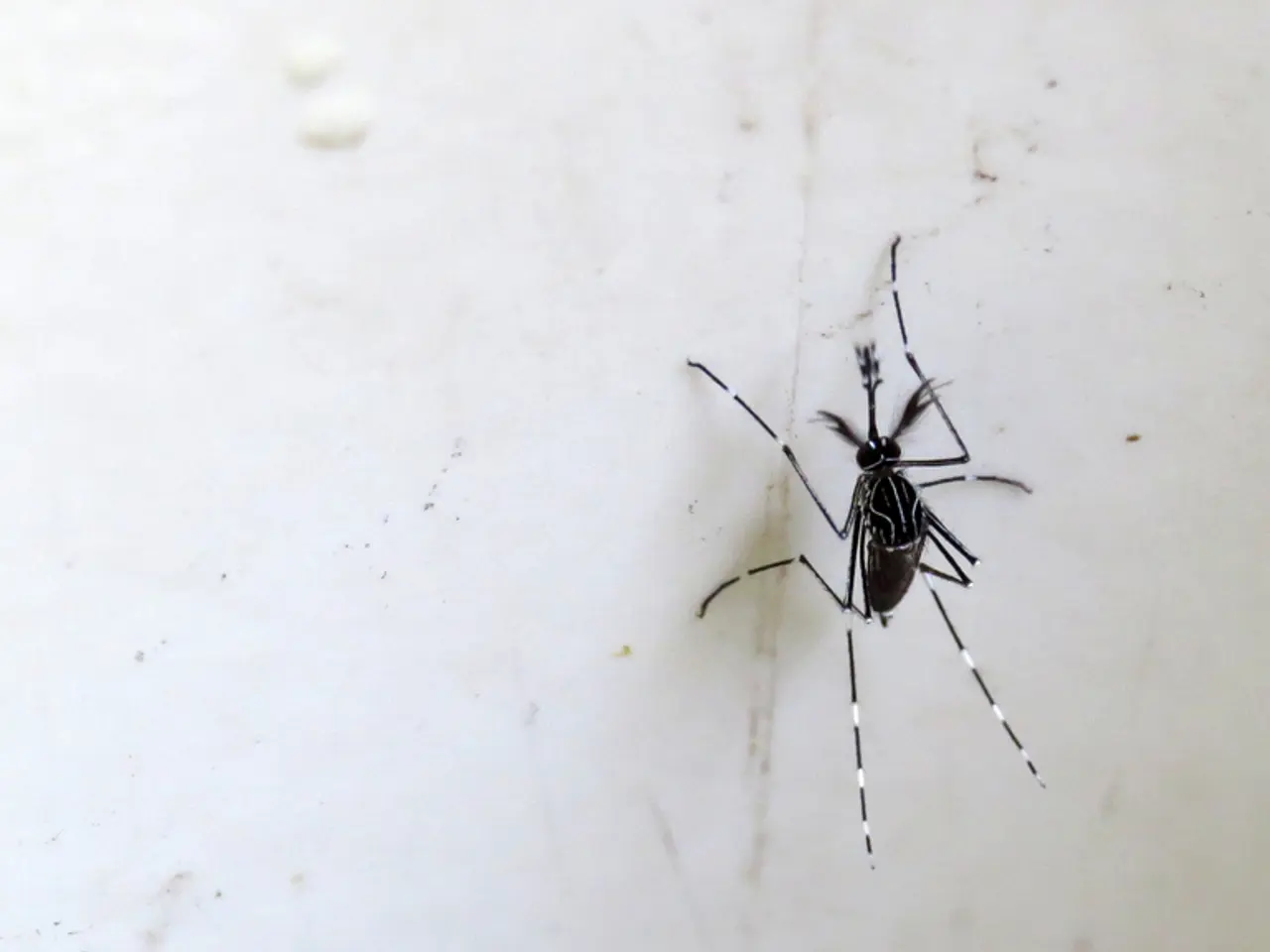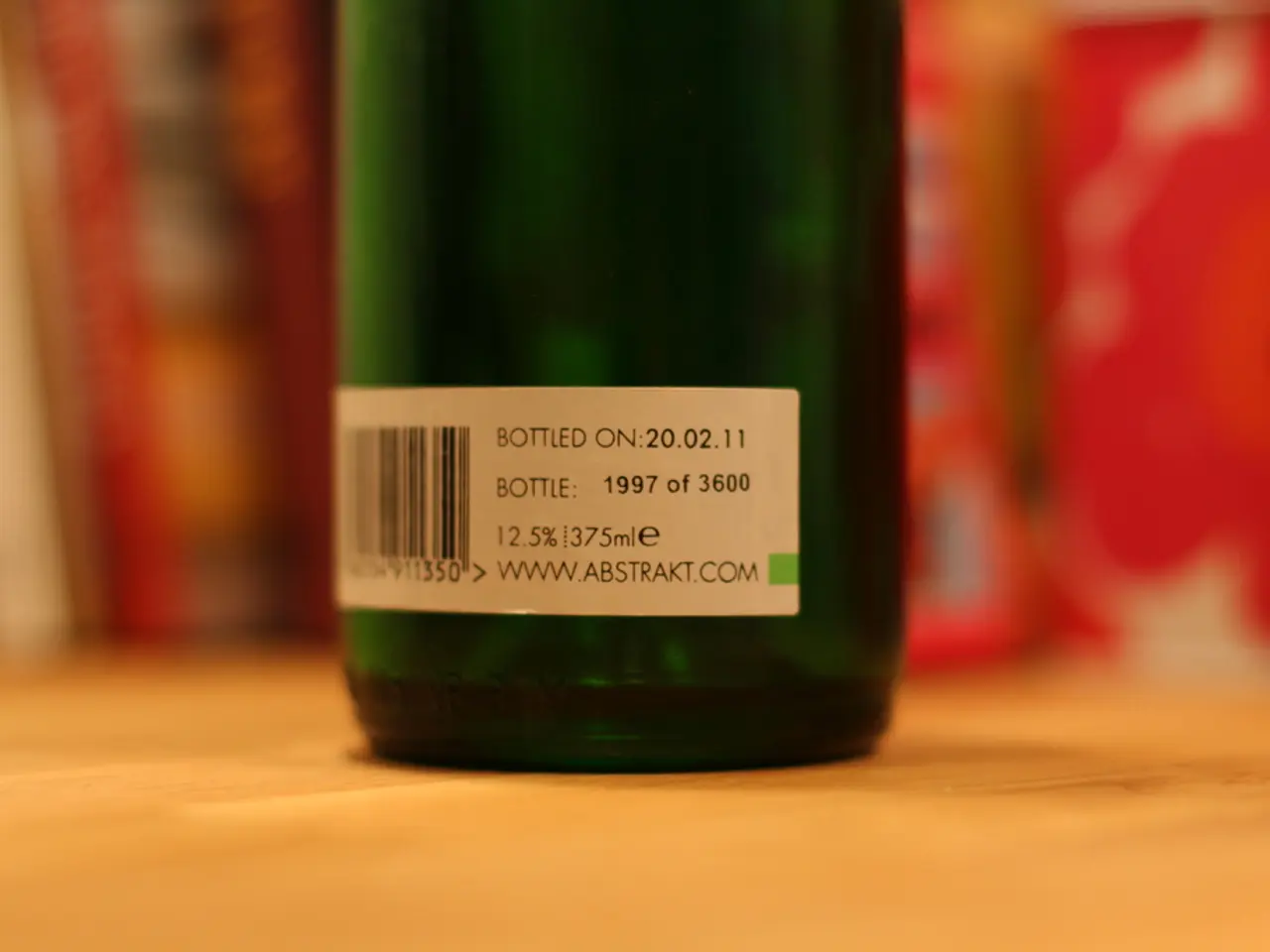Nettle Benefits, Classifications, Applications, Visual Representations, and Dietary Supplements: An In-depth Look
Stinging nettle (Urtica dioica), a common plant found in damp, fertile soil in the United States, Canada, and Europe, has a long history in folk medicine for treating various health conditions. However, the current scientific evidence supporting its use for treating arthritis, allergies, and benign prostatic hyperplasia (BPH) is limited but suggests potential benefits primarily based on traditional use and some early clinical findings.
### Arthritis
In traditional medicine, stinging nettle has been used for arthritis, with fresh nettle leaves being applied topically to arthritic joints in a process called urtification, which is thought to stimulate blood flow and relieve pain. Tea made from nettle leaves has also been used to treat arthritis symptoms. However, clinical evidence remains sparse and inconclusive, with most reports based on anecdotal or traditional use rather than rigorous trials.
### Allergies (Hay Fever)
Nettle leaf tea has been traditionally used to alleviate hay fever and allergy symptoms. The plant's ability to influence histamine release might relate to its use for allergies, but scientific proof through controlled clinical studies is limited. There are topical creams derived from nettle developed for joint pain and skin ailments, which may indirectly assist in allergic skin conditions, though formal allergy treatment data is not well established.
### Benign Prostatic Hyperplasia (BPH)
The rootstock of stinging nettle is used as an herbal treatment for BPH and other urinary disorders. This use is the most researched and commonly accepted therapeutic application, with some clinical studies suggesting nettle root extracts can reduce symptoms of prostate enlargement, such as urinary difficulties. While promising, the evidence still requires more large-scale, high-quality clinical trials to firmly establish efficacy and safety profiles.
### Safety Considerations
Stinging nettle’s hairs inject a mixture of chemicals including histamine and formic acid, which can cause an intense stinging rash and allergic reactions in sensitive individuals. Though generally safe when dried or cooked, the plant can cause adverse reactions and even severe allergic responses in some cases, so caution is advised.
### Summary Table
| Condition | Evidence Level | Notes | |------------------------|--------------------------|------------------------------------------| | Arthritis | Limited, traditional use | Topical application (urtification); little robust clinical data | | Allergies (Hay Fever) | Limited, anecdotal | Leaf tea used; mechanisms plausible but unproven in trials | | Benign Prostatic Hyperplasia | Moderate, some clinical evidence | Root extracts commonly used; more trials needed |
In conclusion, stinging nettle shows potential therapeutic effects, especially for BPH, based on its traditional use and some clinical studies. For arthritis and allergies, evidence is primarily anecdotal or traditional, with a need for more rigorous scientific validation. Users should be cautious of possible allergic reactions due to the plant’s stinging compounds.
At the time of writing, researchers did not recommend using stinging nettle for managing diabetes. Older studies suggest stinging nettle may inhibit the body's histamine production and related inflammation, while a recent study found it no better than a placebo. The Food and Drug Administration (FDA) does not regulate the ingredients, strengths, and claims of herbal remedies or supplements, including stinging nettle products.
[1] National Center for Complementary and Integrative Health. (2021). Nettle. Retrieved from
- Despite the long history of using stinging nettle (Urtica dioica) for treating various health conditions, the scientific evidence supporting its use for predicting health outcomes such as diabetes, Alzheimers, obesity, asthma, and other health-and-wellness issues is limited.
- In addition to the ambiguous clinical evidence for arthritis, allergies, and BPH, the use of stinging nettle for therapies-and-treatments related to these conditions should be approached with caution due to the plant's potential side effects, such as allergic reactions and adverse events.
- Nutrition-focused research into stinging nettle's impact on predictive health factors like obesity, diabetes, and Alzheimers is currently lacking, adding to the limited understanding of its broader therapeutic potential.
- Asthma research involving stinging nettle remains scarce and inconclusive, due in part to a lack of rigorous clinical studies supporting its potential role in the disease's treatment or management.
- As the science of health-and-wellness continues to evolve, it's essential for further research to explore the predictive capabilities of stinging nettle for conditions like obesity, diabetes, Alzheimers, asthma, and other potential applications. With more rigorous studies and clinical trials, we can better understand the plant's role in the nutritional and therapeutic landscape.




